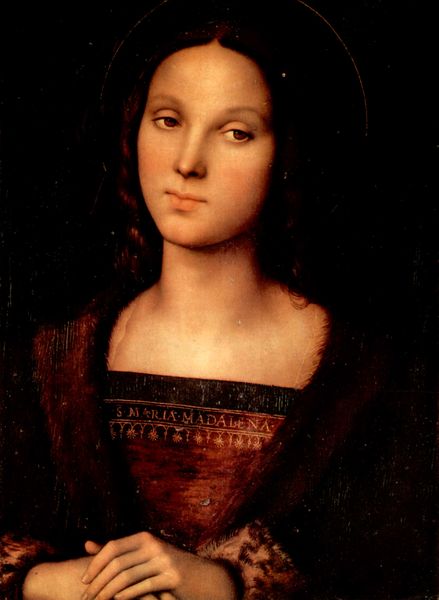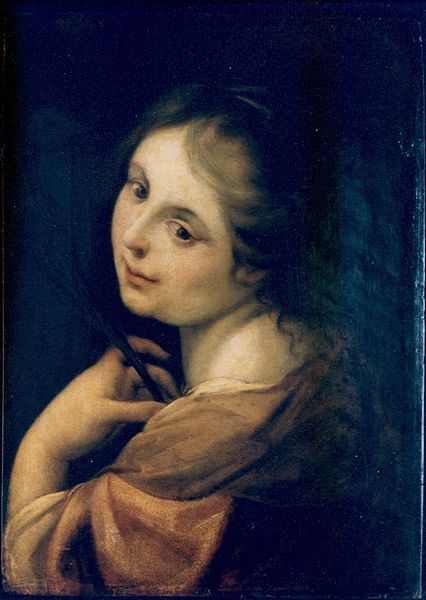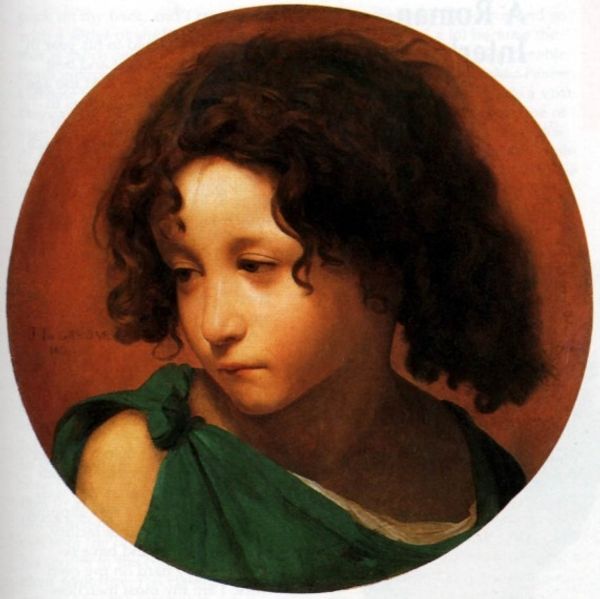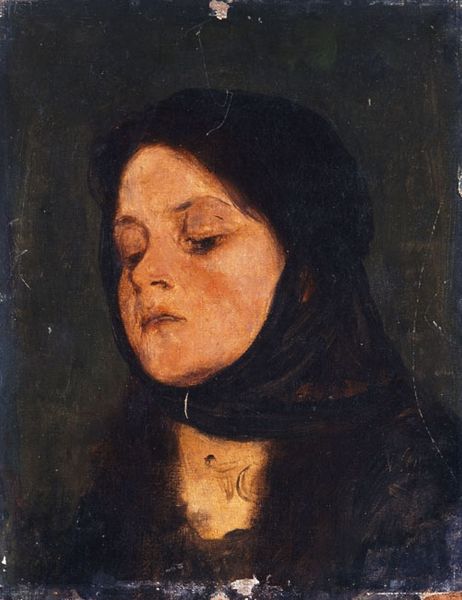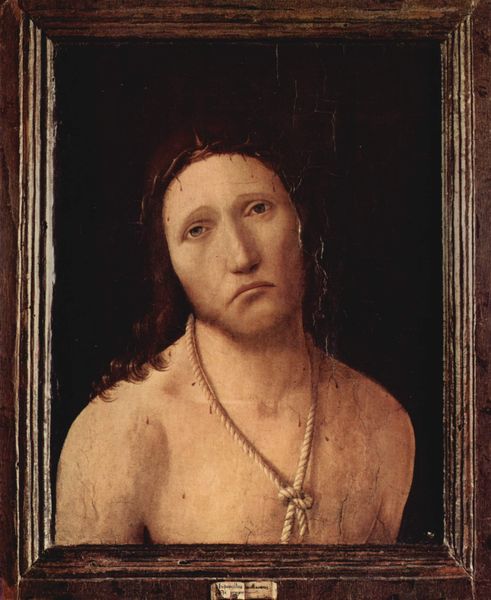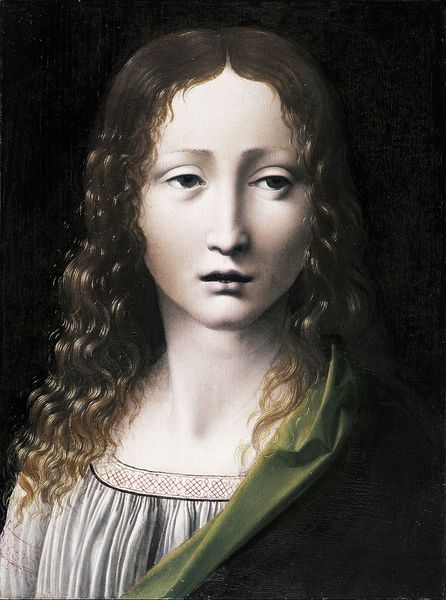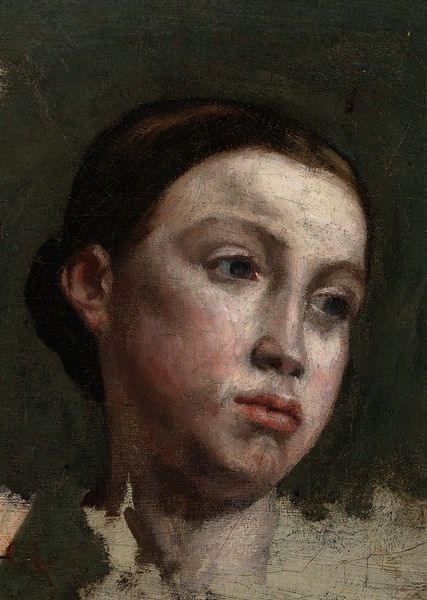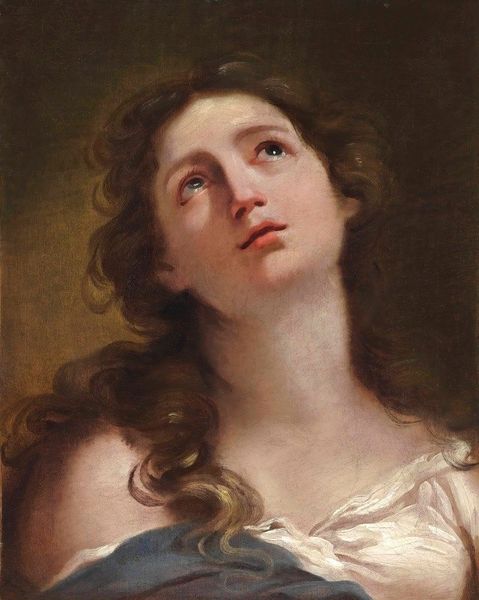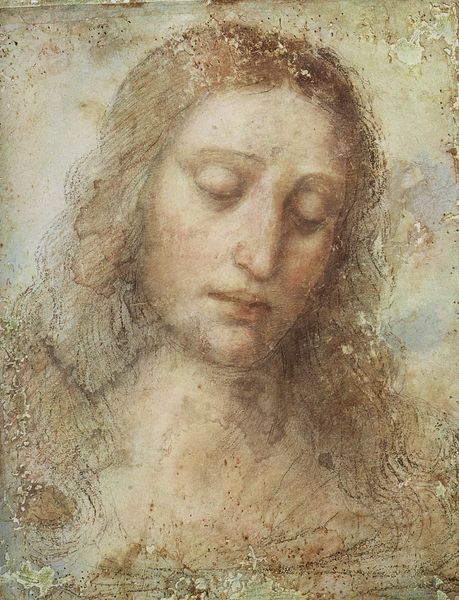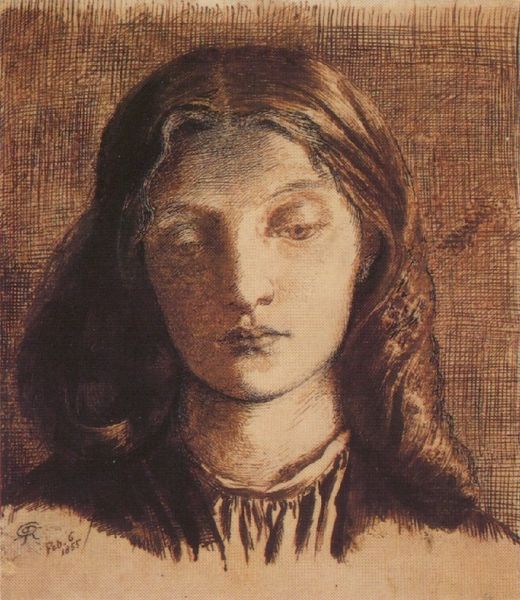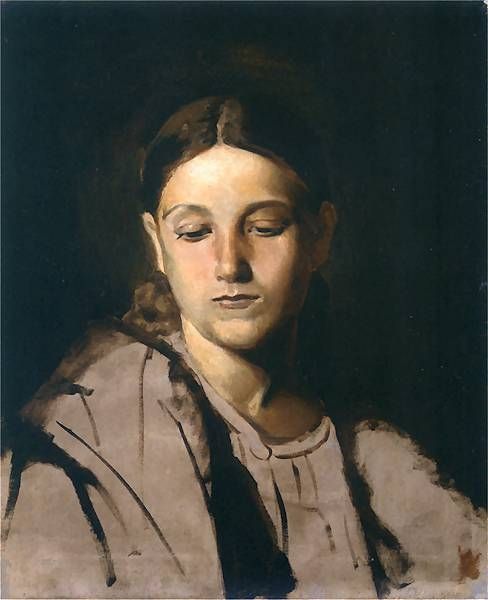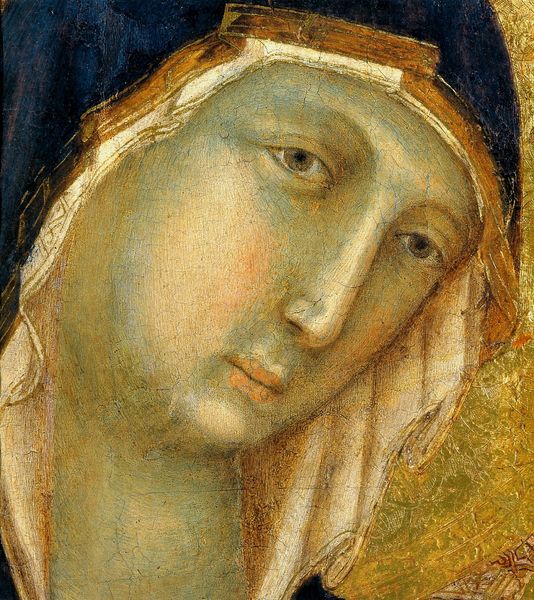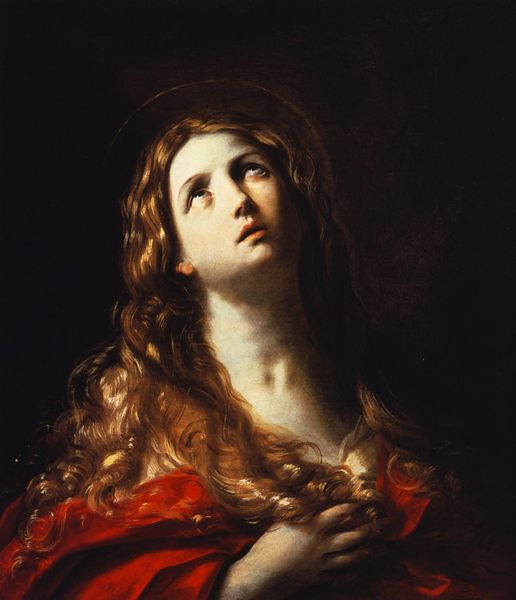
painting, oil-paint
#
portrait
#
self-portrait
#
painting
#
oil-paint
#
figuration
#
chiaroscuro
#
italian-renaissance
Copyright: Public domain
Editor: Here we have a detail from Domenico Beccafumi's 1535 oil painting, "Descent of Christ to Limbo." I'm struck by the upward gaze and the heavy contrast of light and shadow. What’s your take on this piece? Curator: Considering the political and religious context of the 16th century, specifically the Reformation, I think the artist used chiaroscuro in a more complex way to emphasize drama. Beyond a mere stylistic choice, the painting speaks to societal unease, emphasizing the role of faith during a time of upheaval and how the Catholic Church reacted to such shifts, namely with paintings such as these that re-assured them of a salvational path forward. Do you think the upward gaze further encourages this sort of reliance? Editor: That's a really interesting point. It’s easy to see just the visual drama, but connecting it to the Reformation makes the work speak much louder. I would say that the upward gaze reinforces the viewers' belief that following this salvational path would be worth looking forward to. The high contrast almost mimics how in real life there can be very dark times but there are also bright ones as well. It may also have encouraged faith among patrons, who at this time played a significant role in the politics of religious art. What role do you think religious artworks like these play in establishing and reinforcing specific imagery? Curator: I think the images serve as constant reminders but also powerful, public pronouncements. Paintings displayed in churches and public spaces visually communicated dogma but equally shaped how believers conceptualized these core beliefs, sometimes subtly reinforcing existing hierarchies. It makes me wonder, do you think Beccafumi intended the work to be seen as a statement of hope, or a subtle commentary on the religious conflicts of his era? Editor: That's a tough question. It probably functions on both levels, speaking to faith while reflecting the turbulence around it. Curator: Absolutely. Thinking about it this way offers us a richer perspective on both the art and the period. Editor: I never considered how such paintings could also be interpreted through the lens of public imagery. I appreciate this outlook.
Comments
No comments
Be the first to comment and join the conversation on the ultimate creative platform.
